Technical Compositions
April 14 - June 3, 2012
Chris Wiley
-
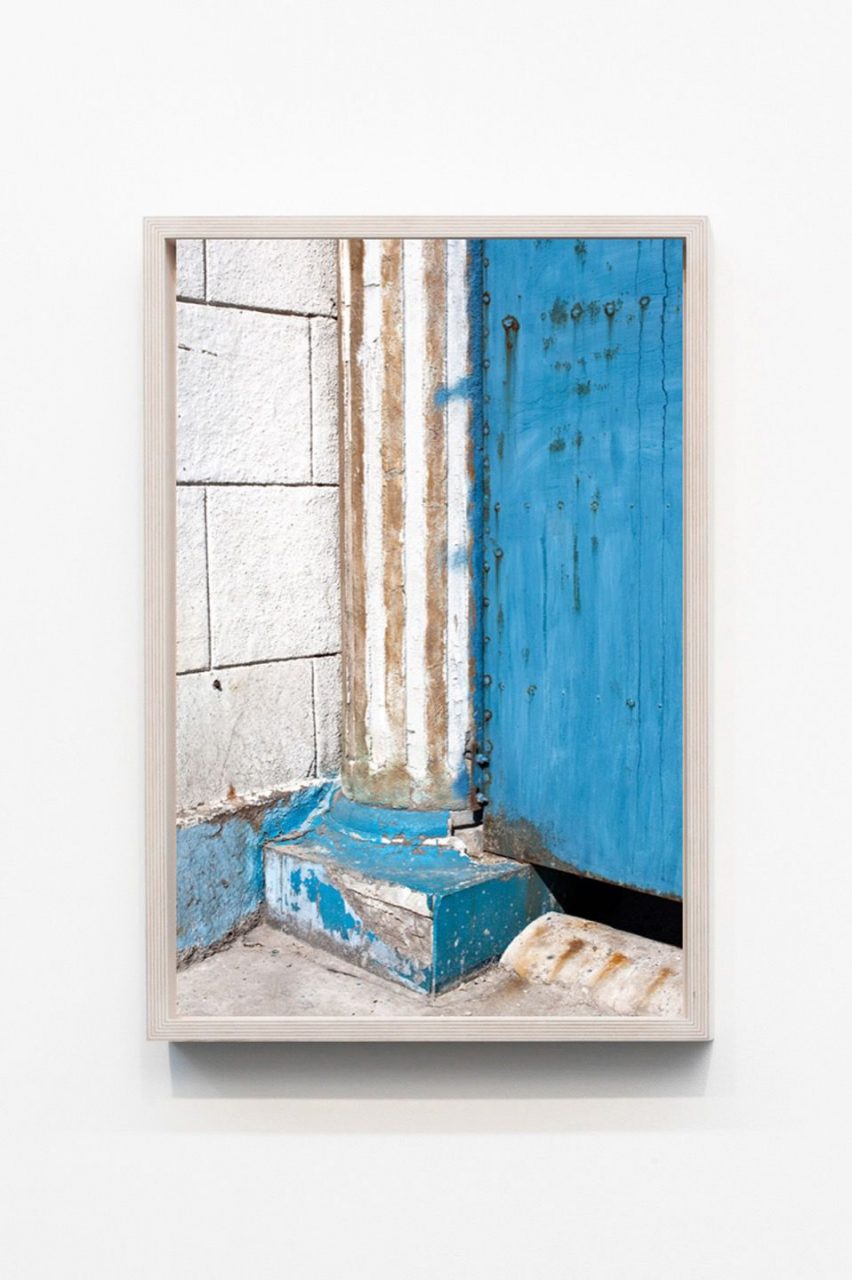
11, 2012
Archival ink jet print mounted on aluminum in custom plywood frame
26 1/4 x 18 3/8 inches -
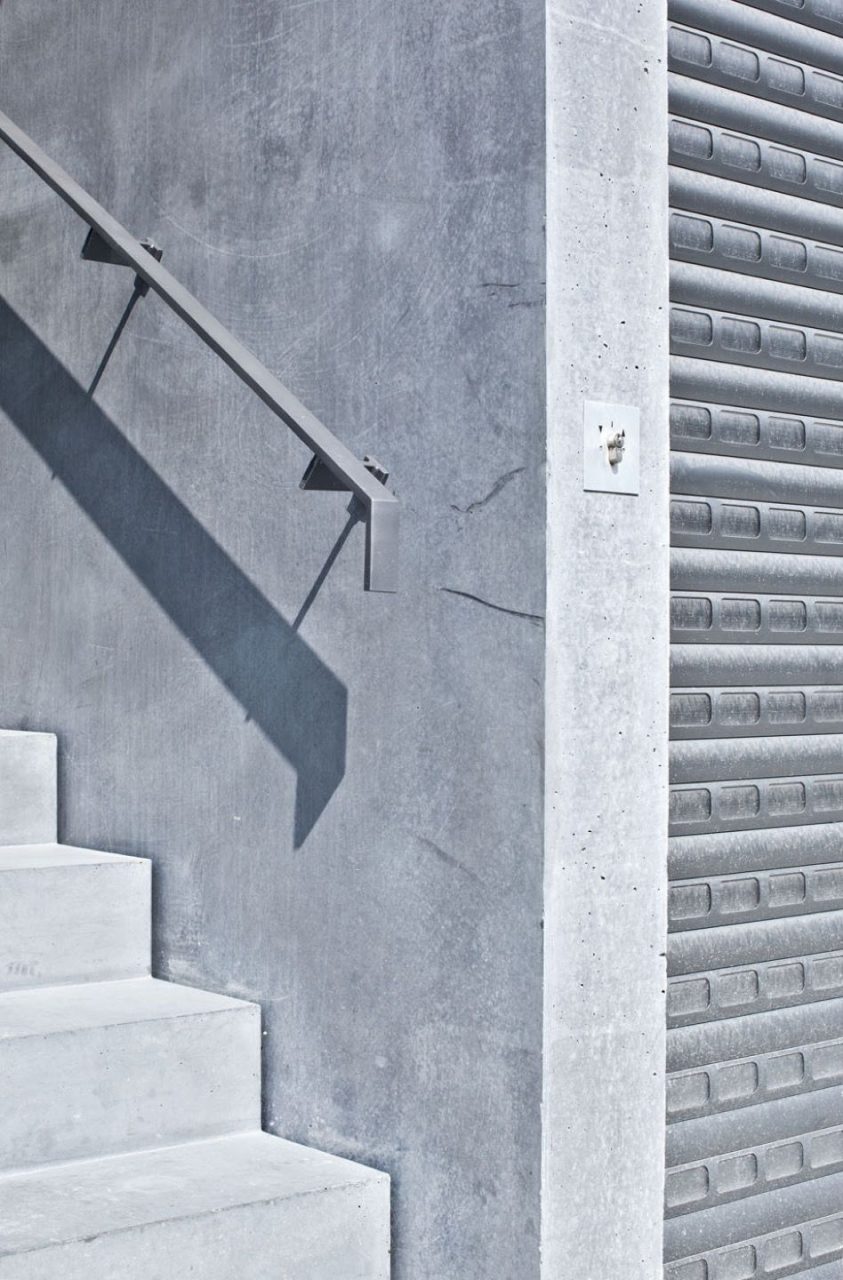
12, 2012
Archival ink jet print mounted on aluminum in custom plywood frame
26 1/4 x 18 3/8 inches -
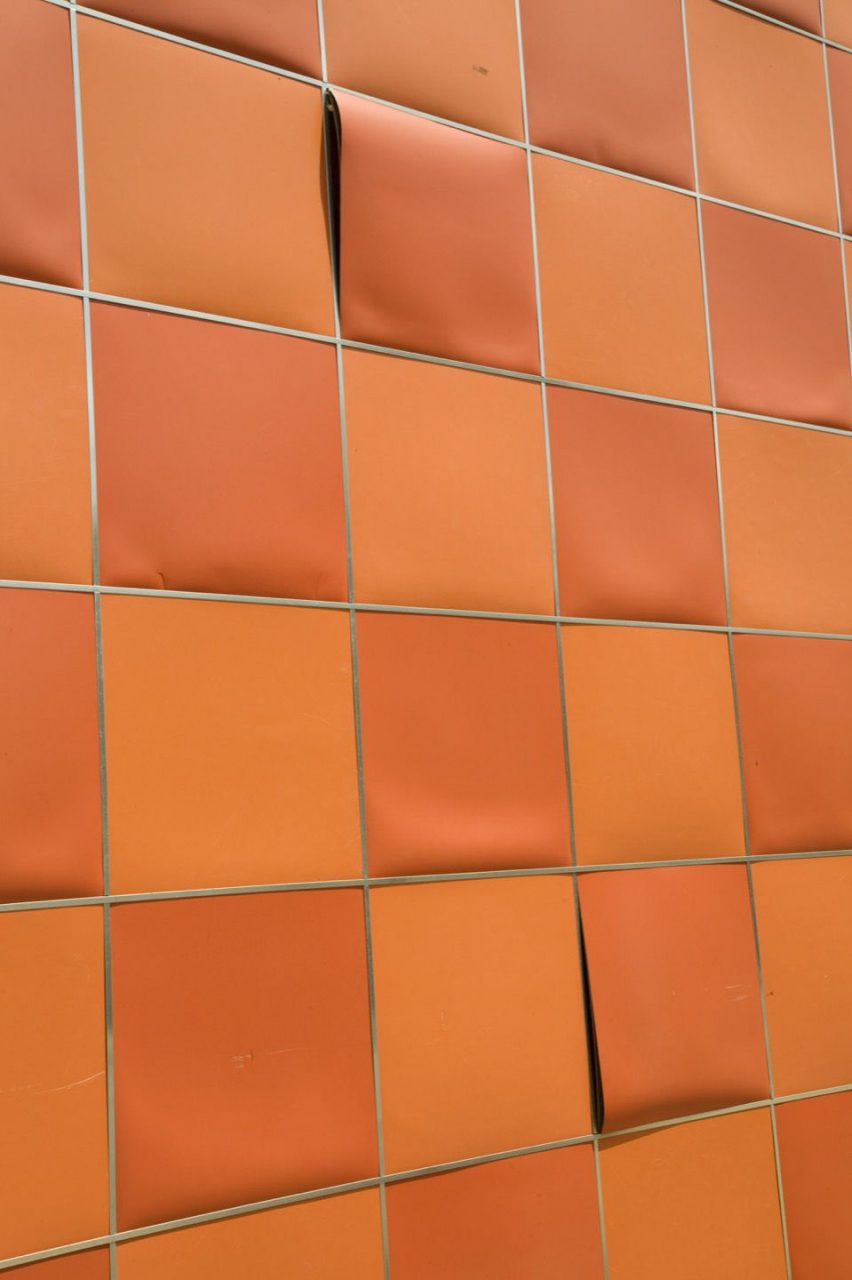
13, 2012
Archival ink jet print mounted on aluminum in custom plywood frame
41 3/8 x 27 3/8 inches -
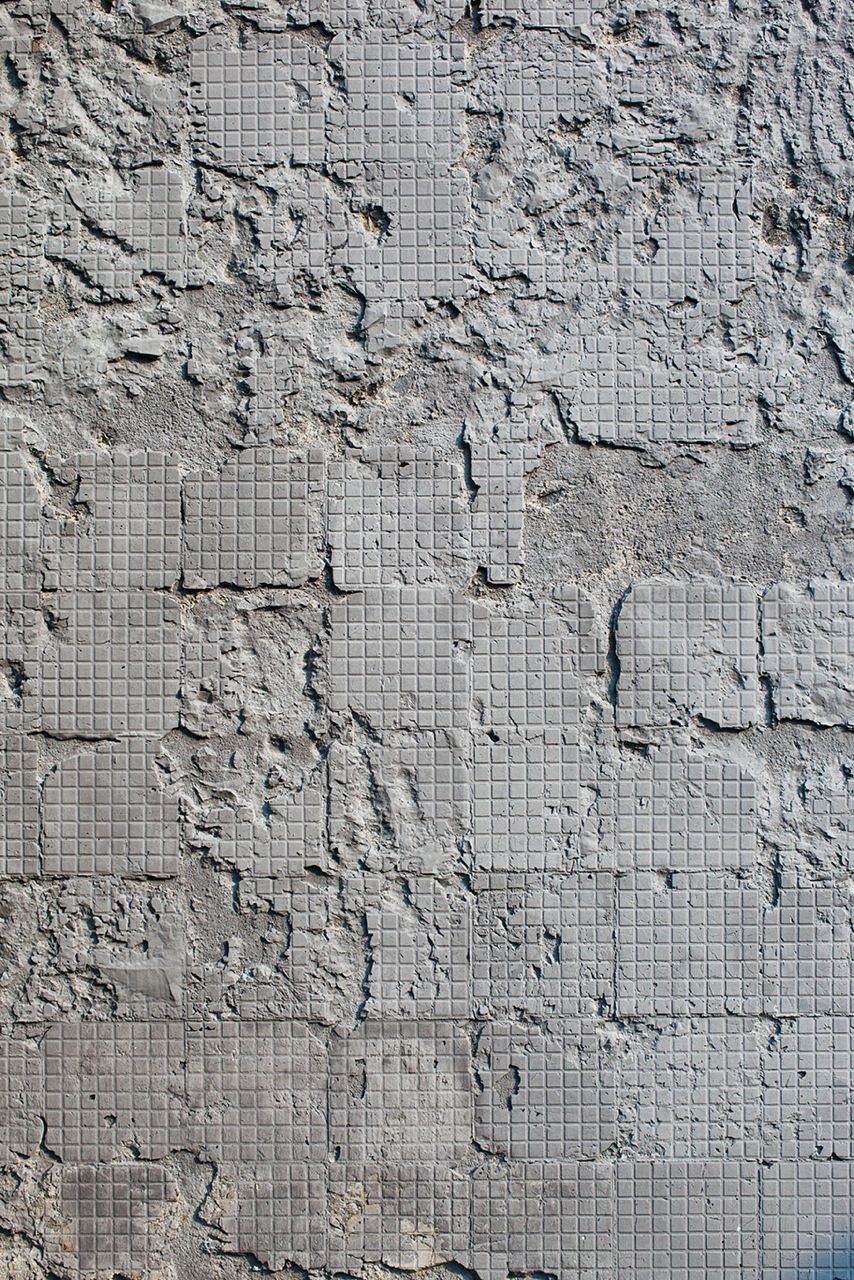
6, 2012
Archival ink jet print mounted on aluminum in custom plywood frame
41 3/8 x 27 3/8 inches -
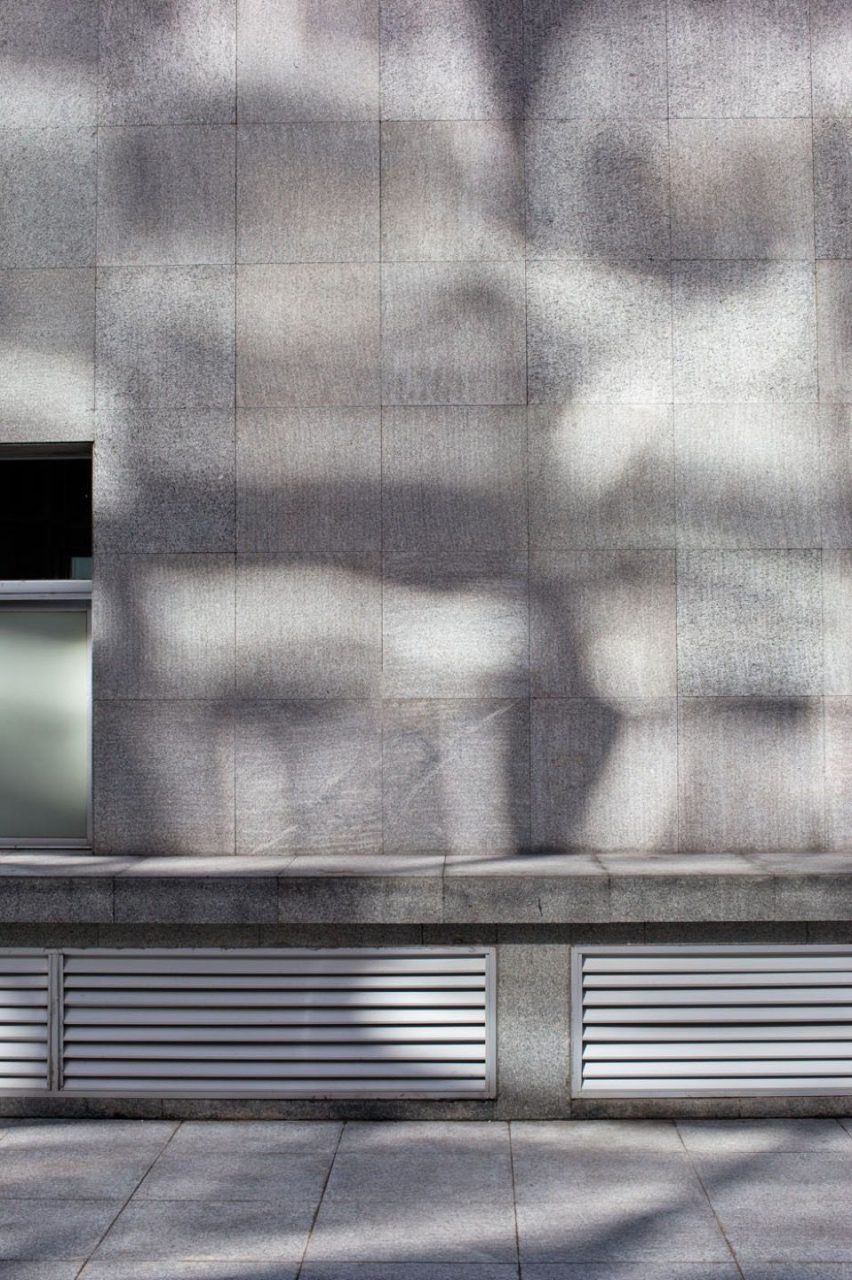
4, 2012
Archival ink jet print mounted on aluminum in custom plywood frame
26 1/4 x 18 3/8 inches -

10, 2012
Archival ink jet print mounted on aluminum in custom plywood frame
41 3/8 x 27 3/8 inches -
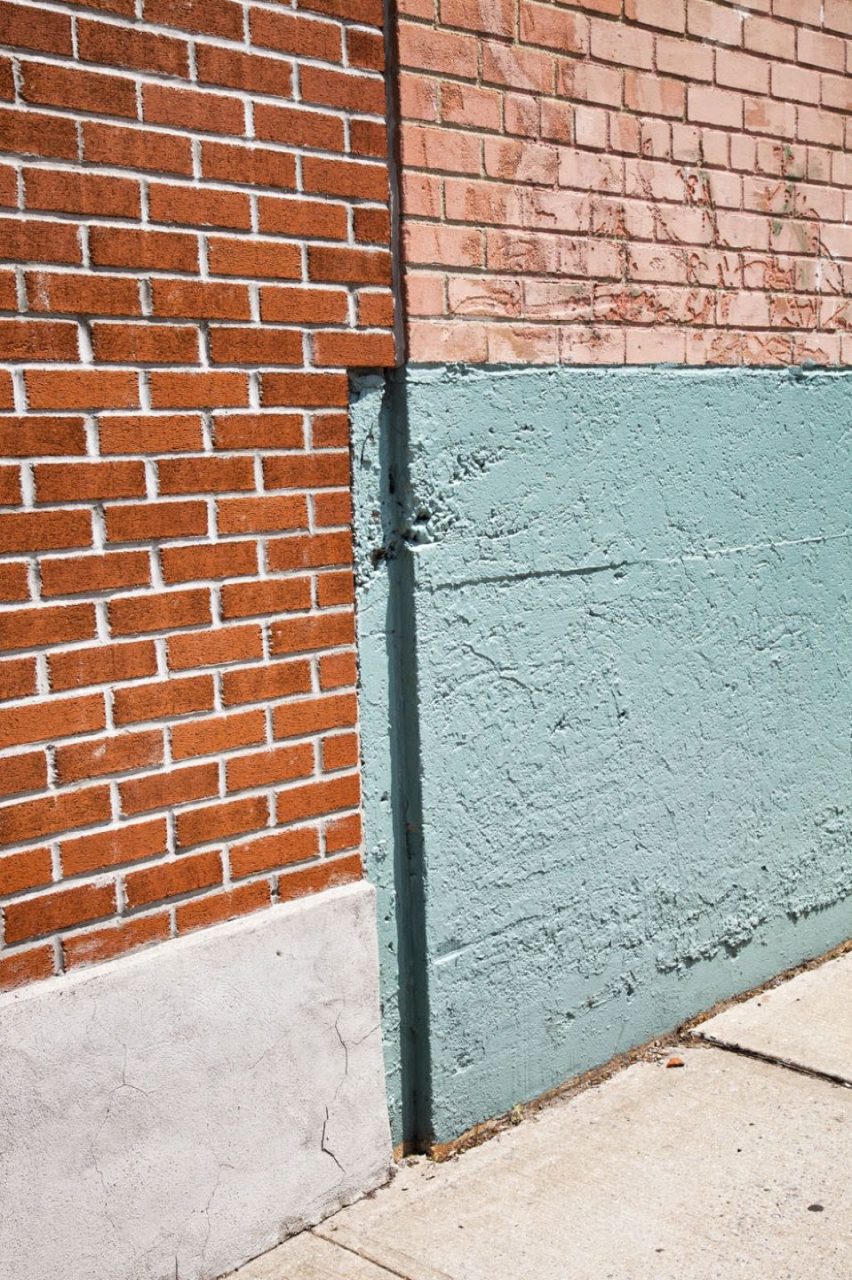
3, 2012
Archival ink jet print mounted on aluminum in custom plywood frame
26 1/4 x 18 3/8 inches
Press Release
I came to make these photographs by way of distrust. Distrust in the photograph’s beguiling resemblance to the real, distrust in our tendency to read photographs discursively, and, above all, distrust in the ability of the photograph to speak broadly about the state of the world. This is not a unique distrust, I know, and it often acts as a blockade, rather than a starting point. After all, how can one bring themselves to make a photograph when they are such slippery, unruly beasts, seemingly hell-bent on telling us false tales and transmuting the fluid stuff of life into a clunky rattlebag of reified signs? These are problems, obviously. But, in the face of these problems and the strictures they imply, I set myself the modest goal of simply making pictures, ones that did not attempt to exceed what I calculate to be the event horizon of photographic meaning.
This is not, perhaps, as straightforward as is sounds. It meant, first and foremost, jettisoning the analogicalmodel of the photographic frame as a window onto the world, and replacing it with the model of the box, in which the world is arranged. The photograph then becomes a composition, rather than a view. This is a funny thing, spatially: rather than allowing for the illusion of real, live, walking-around space, this analogical shift requires the reigning in of space so that it approaches a kind of flatness, or at the very least a rigorous boundedness.
Then, there is the question of time. The photograph is not a good storyteller, in part, because it is not durational. The snapshot, that decisive moment ripped from time, suggests the presence of times both before and after its making, but the hope of grasping these illusive temporal bookends is necessarily frustrated—the snapshot is caught in a doomed revolt against its stillness. Better, then, if one wants to avoid spurious narrativization, to embrace photography’s petrified time, to allow the moment of the shutter click to become a monument.
Making a picture with this in mind renders the photograph into a still and quiet object, one that ossifies a moment of attention. Not attention that refers, pointedly, to anything beyond itself, but merely one that begs an awareness of its very attentiveness. The picture exists to say: look.
Chris Wiley received an MA in contemporary art theory from Goldsmiths College, University of London, UK in 2006. As a writer, he is a regular contributor to Frieze, ArtForum.com, and Kaleidoscope, where he also acts as Associate Editor. As a curator, he has worked on numerous projects at the New Museum of Contemporary Art, and served as an Assistant Curator on the 8th Gwangju Biennial in Gwangju, South Korea. His most recent curatorial project, “Towards A Warm Math” will open at On Stellar Rays gallery on April 22nd. He lives and works between Brooklyn and Los Angeles.